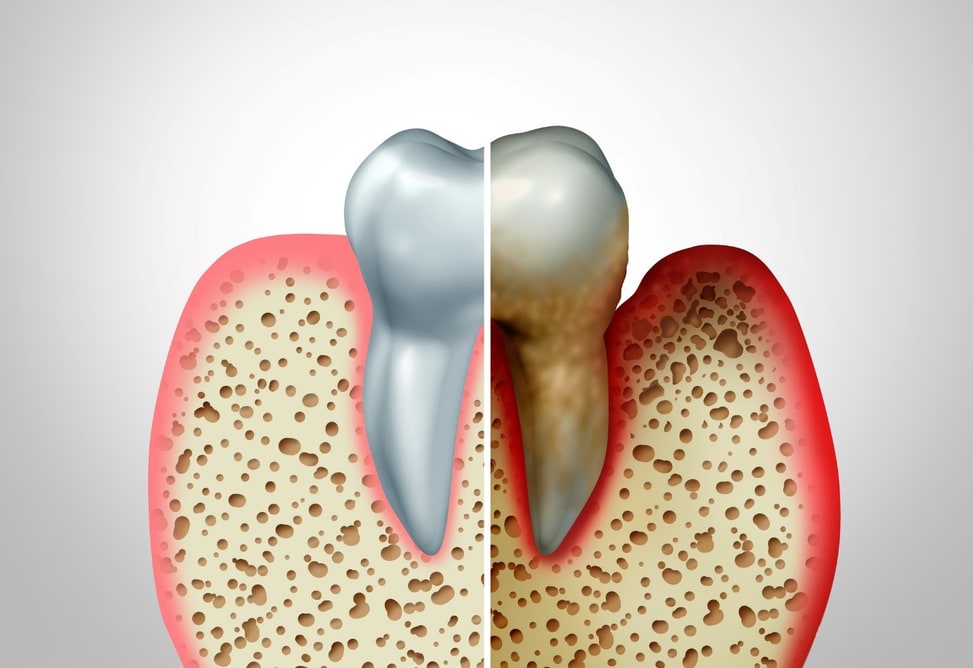What You Need to Know About Periodontal Disease
 How much do you know about periodontal disease? If you’re like most people, you learned in childhood about keeping your teeth clean, but you may not have heard as much about taking care of your gums. Here, we offer a quick rundown of what you need to know about periodontal disease (gum disease).
How much do you know about periodontal disease? If you’re like most people, you learned in childhood about keeping your teeth clean, but you may not have heard as much about taking care of your gums. Here, we offer a quick rundown of what you need to know about periodontal disease (gum disease).
- First of all, what is it? A chronic inflammatory disease, periodontal disease destroys the bone and gum tissues supporting the teeth. In fact, periodontal disease is the primary cause of adult tooth loss in the United States. There are two phases of gum disease: gingivitis and periodontitis. In gingivitis, only the superficial gums are involved, but for patients with periodontitis, the disease has advanced and affects the connecting tissues and bone.
- What causes gum disease? When bacteria sits on the surface of the teeth and gums a sticky film called plaque forms and may not be able to be removed by brushing and flossing. When it’s not removed within 48 hours, plaque hardens into tartar, a rough deposit on your teeth that must be removed professionally. Tartar that forms below the gum line causes inflammation and infection.
- How can you tell if you have symptoms of periodontal disease? Gingivitis causes swelling and bleeding of the gums, as well as bad breath or a bad taste in your mouth, and as it progresses you may have sore gums with a whitish membrane. If your periodontal disease progresses to periodontitis, the gums will draw back and expose the roots of the teeth. Your teeth may become very sensitive to temperature changes, and you may develop new cavities or pus between the teeth and gums. The teeth may become loose.
- How is periodontal disease diagnosed and treated? During regular dental exams, dentists examine the gums for signs of disease. Your dentist may refer you to a periodontist, an expert in gum disease, who can treat the infection and determine if your teeth can be saved.
- What can you do to improve the health of your mouth? Don’t smoke, and if you have diabetes, keep it under control. Brush at least twice a day, floss daily, and see your dentist twice annually.
At Belmont Dental Group, our team of dentists provides personalized and gentle dental care, backed up by more than 25 years of experience. We believe in open, honest communication, and encourage our patients to ask questions and learn all they can about different treatment options and make informed decisions. Our practice covers all phases of dentistry from teeth cleaning to cosmetic dentistry to emergency care, and we’re committed to helping patients become partners in their own dental health. We always have your best interests in mind and will use our training and technology to benefit you and your family. If you’re looking for quality dental services and personalized care in an atmosphere of trust, call (617) 484-2431 or contact us through our website to learn more.
